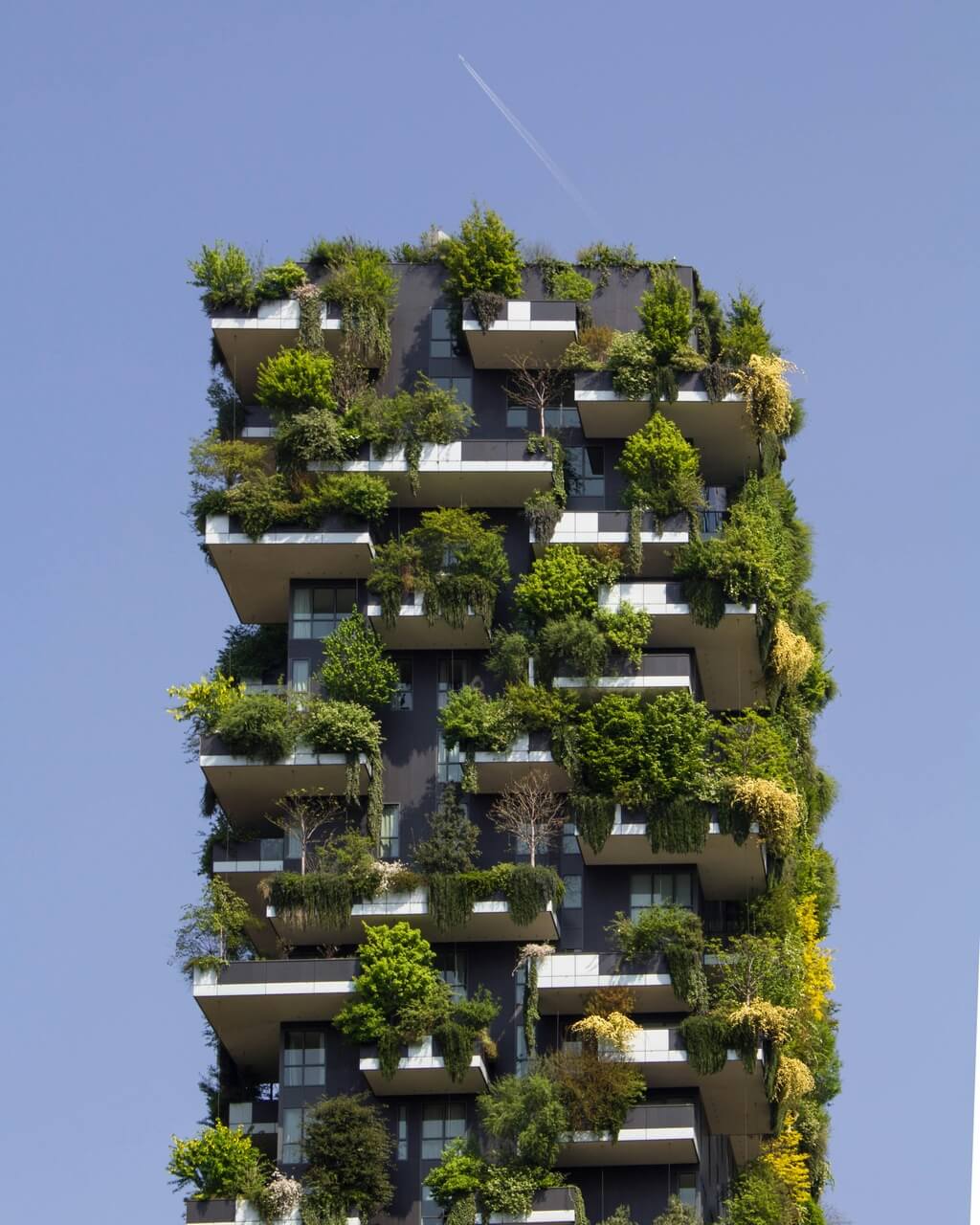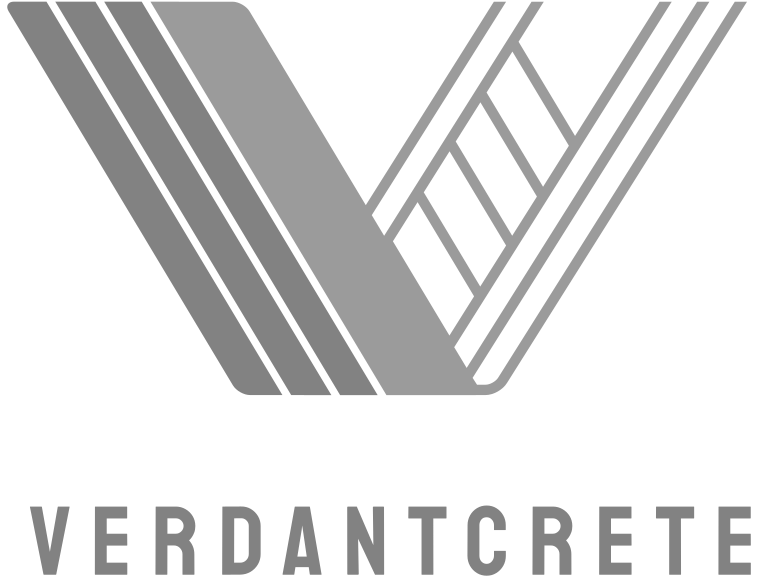

Our Bit for Environment
Verdantcrete stands as a trailblazer in India’s sustainability movement, driven by the mission to eradicate clay bricks that harm cultivable soil. Our solution lies in Aerated Autoclaved Concrete blocks, a superior alternative that recycles fly ash, a byproduct generated in steel furnaces.
An increasing phenomenon in today’s date, the effects of global warming is visible for all to see. And constituting majorly is the construction industry. Global Warming is defined as increase in the average temperature of the earth’s surface caused by increased emission of greenhouse gases. Increased usage of ACs, Industrial pollution and deforestation are some of the main reasons of global warming. Un-planned design and construction material while constructing buildings are responsible for extensive energy consumption. Use of traditional building materials also cause top soil erosion, thereby devastating the land’s cultivation potential permanently.

Production
The key raw material for AAC manufacturing is fly-ash, which is a waste from steel manufacturing. On the other hand, clay brick manufacturing uses cultivable soil reducing forest area. The production process itself requires at least 30% less energy compared to clay brick manufacturing and hence contributes directly to better carbon emission foot prints
Transportation
AAC blocks are significantly lighter than clay bricks for the same volume. Hence the cost of transporting these bricks to the construction spot is much lower yielding to savings in logistics cost. Also, light weight makes it more energy-efficient for the blocks to be transported to higher levels, leading to additional savings.


Water Requirement
Verdantcrete AAC Blocks and ALC Panels are eco-friendly substitutes to clay bricks, plaster and cement joints respectively because they need very little water in the construction process. Since there are fewer joints in the AAC-related construction, and MagicPlast doesn’t need more than 24 hours of curing time, the water requirement is substantially reduced. In places like Gurgaon, where high court has forbidden usage of ground water for construction activities, AAC can reduce water consumption significantly.
Maintenance of AAC structures
AAC structures have a very high thermal insulation index which means that the ambient temperature within these structures doesn’t change rapidly with the external temperature. Hence these structure remain relatively cooler in summers and warmer in winters – reducing the HVAC bill and heat requirements. Hence, AAC structures are recommended for a variety of structures including malls, high-rise, office complexes, schools, hospitals, stand-alone homes etc.

